A Garden in the Sky
When Anna moved into her seventh-floor apartment in the heart of Lyon, she never imagined she’d one day be growing cherry tomatoes, kale, and lavender on the building’s roof. The roof was once a dull concrete slab—hot in summer, barren in winter. Today, it’s a thriving garden and Anna’s sanctuary from urban chaos. This isn’t just a hobby—it’s a revolution. Welcome to the world of roof farming.
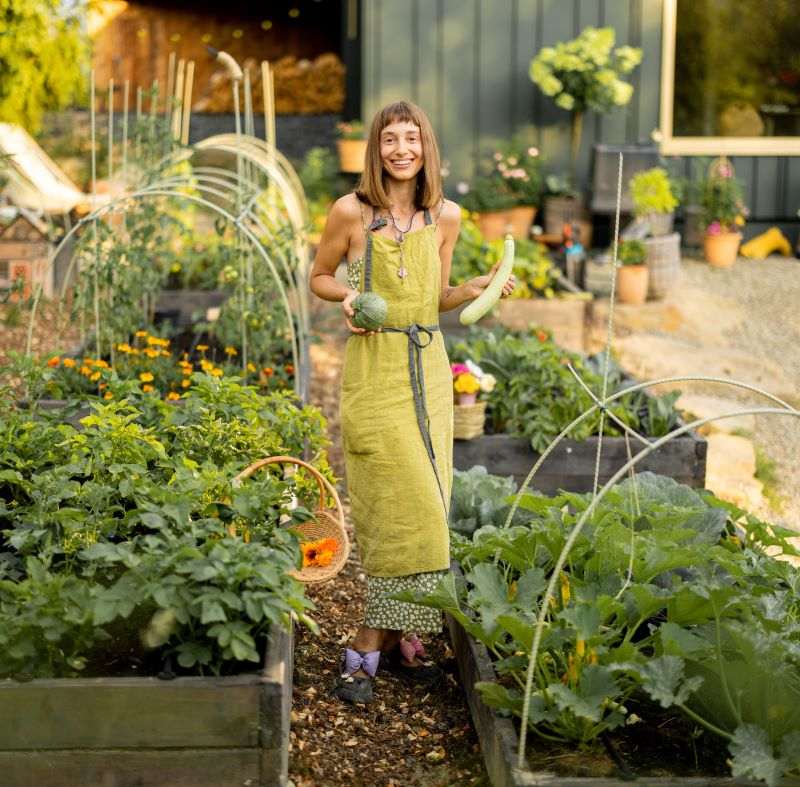
What Is Roof Farming?
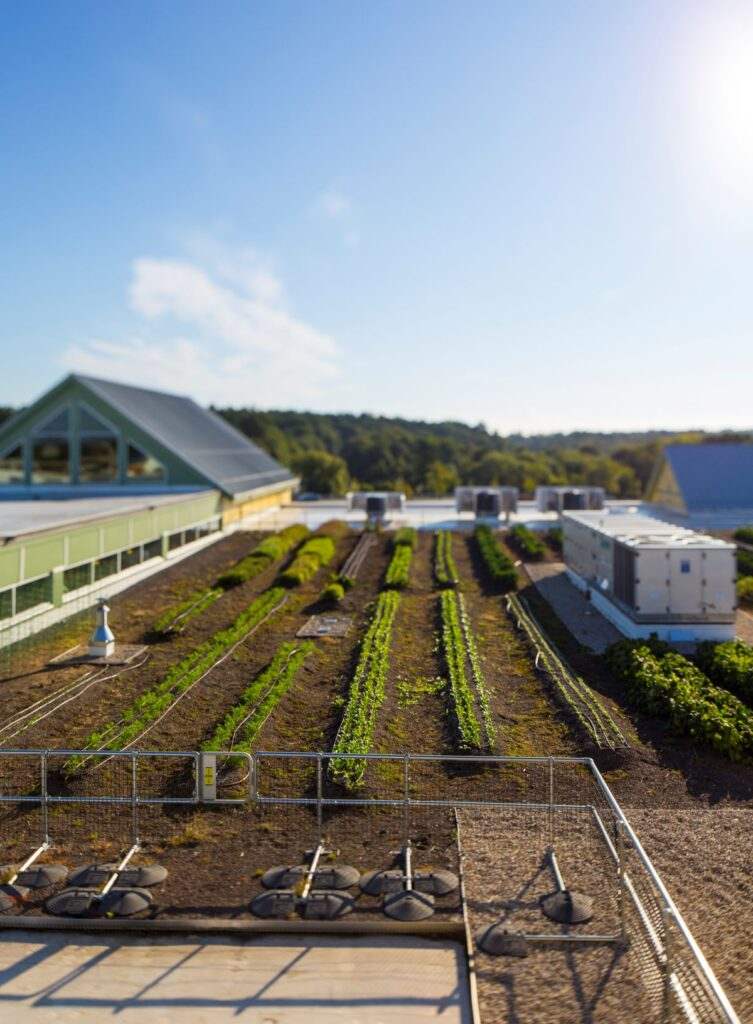
Roof farming, also known as rooftop agriculture or rooftop gardening, is the practice of cultivating food and ornamental plants on the roofs of buildings. Unlike traditional gardening, it transforms underutilized urban spaces into productive, eco-friendly ecosystems.
There are several types of roof farming:
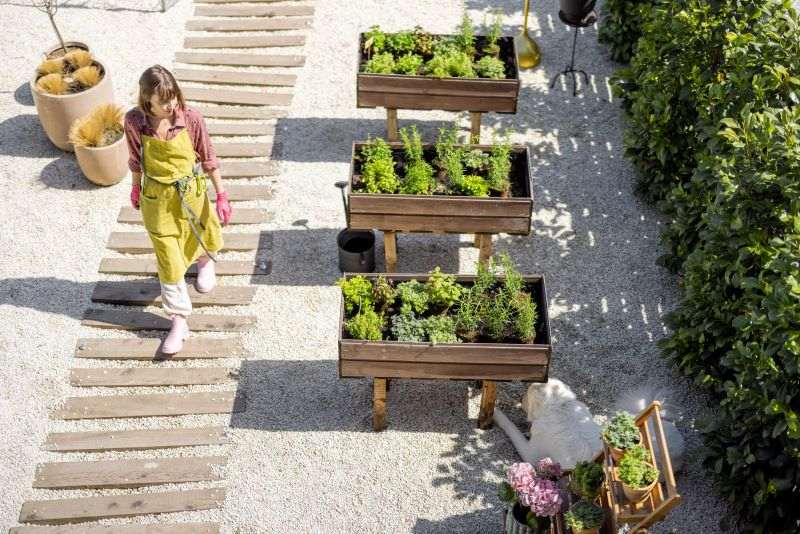
- Container gardening: Using pots and raised beds for herbs and vegetables.
- Hydroponics and aquaponics: Soil-less systems that rely on water and nutrients.
- Green roofs: Layers of vegetation planted over waterproof membranes.
Why Is Roof Farming Gaining Popularity?
1. Urban Food Security
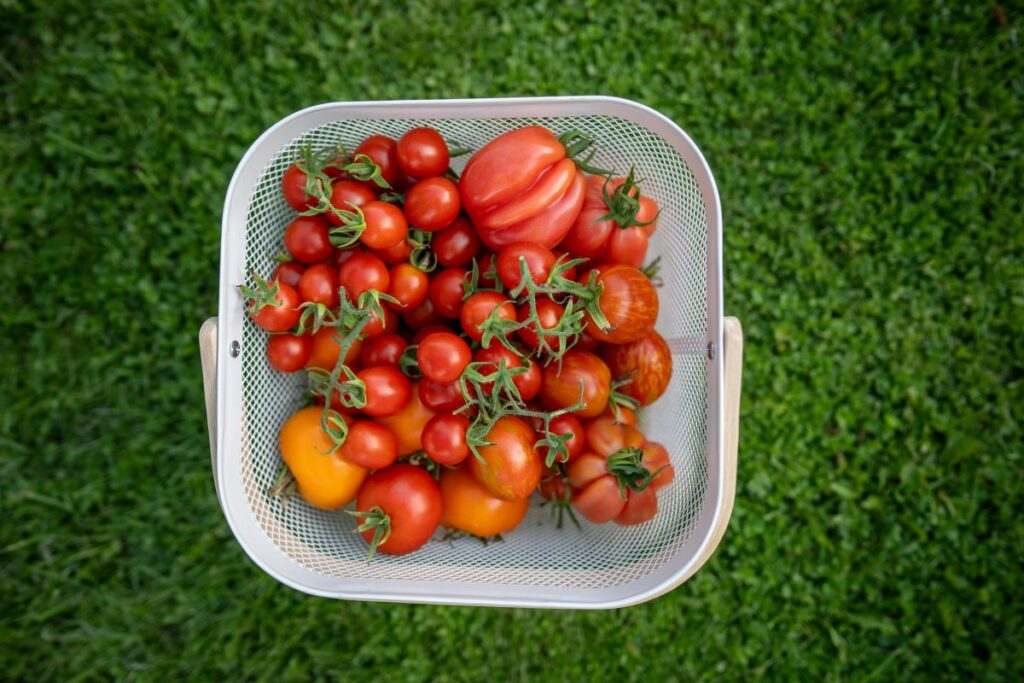
With rising concerns about food miles and pesticide-laden produce, many city dwellers are seeking self-reliance. Roof farming provides fresh, organic produce right at home.
2. Environmental Benefits

- Improved air quality through plant photosynthesis
- Reduced heat island effect in cities
- Rainwater management, preventing flooding
- Increased biodiversity, attracting pollinators and birds
3. Wellness and Mental Health
Studies show that interacting with green spaces reduces stress and improves overall well-being. For urban residents, a rooftop garden becomes an oasis.
The History and Evolution of Roof Farming
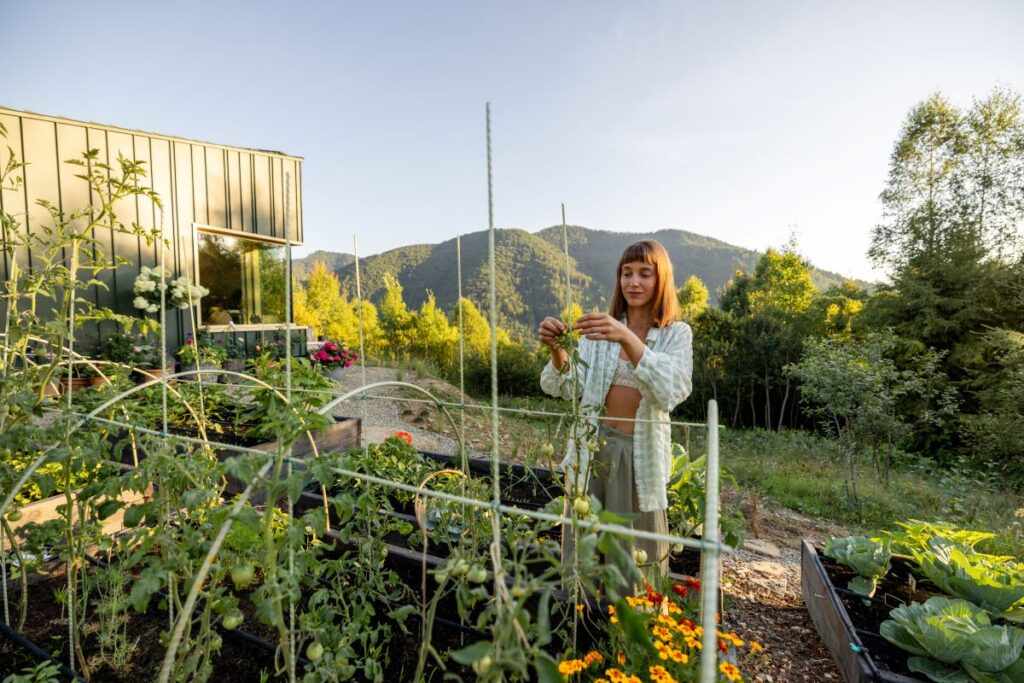
The idea isn’t new. Ancient Mesopotamians built lush rooftop gardens, and the Hanging Gardens of Babylon are among the Seven Wonders of the Ancient World. In the 20th century, wartime “Victory Gardens” on rooftops helped communities stay fed.
Today, modern technology—combined with a growing eco-consciousness—has brought rooftop farming into the spotlight.
How to Start a Roof Farm: A Step-by-Step Guide
1. Assess the Roof’s Load-Bearing Capacity
Consult an architect or engineer to ensure your roof can support the weight of soil, water, and plants. Safety first.
2. Waterproofing and Drainage
Install a reliable waterproof membrane and drainage system to prevent leaks and water accumulation.
3. Choose Your Farming Style
- Containers are great for beginners.
- Raised beds allow deeper roots and more crop variety.
- Vertical farming maximizes space with shelves or wall-mounted planters.
4. Select Crops Wisely
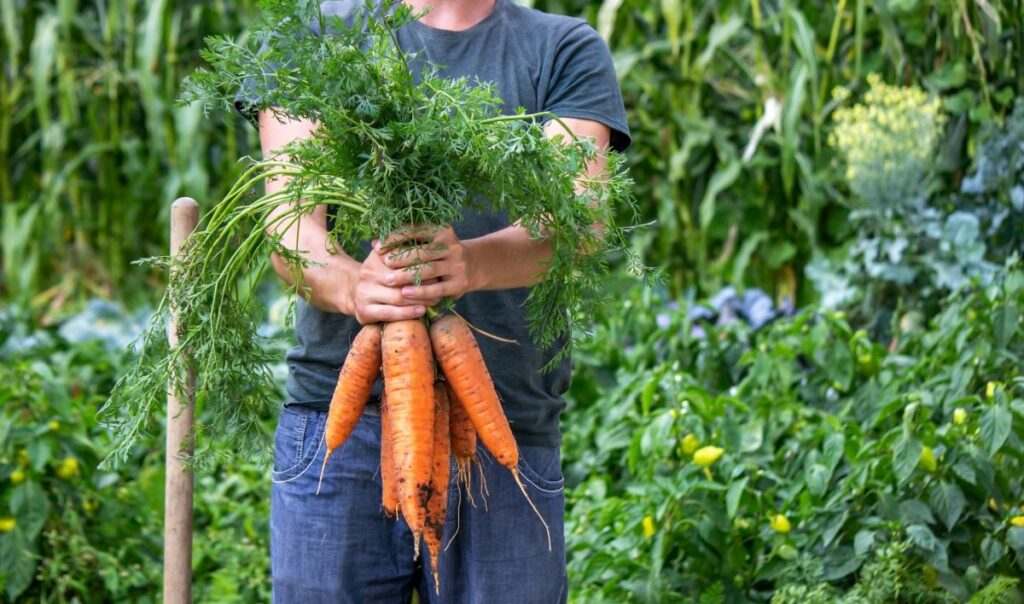
Opt for plants that match your climate and sun exposure. Popular choices include:
- Leafy greens (lettuce, spinach)
- Tomatoes and peppers
- Herbs (basil, mint, thyme)
- Strawberries and dwarf citrus trees
5. Irrigation System

Consider drip irrigation to conserve water and ensure even moisture distribution.
6. Soil and Fertilizers
Use lightweight soil mixes and organic fertilizers. Avoid heavy garden soil which can stress the structure.
Rooftop Farming Around the World: Inspiring Examples
Brooklyn Grange, New York City
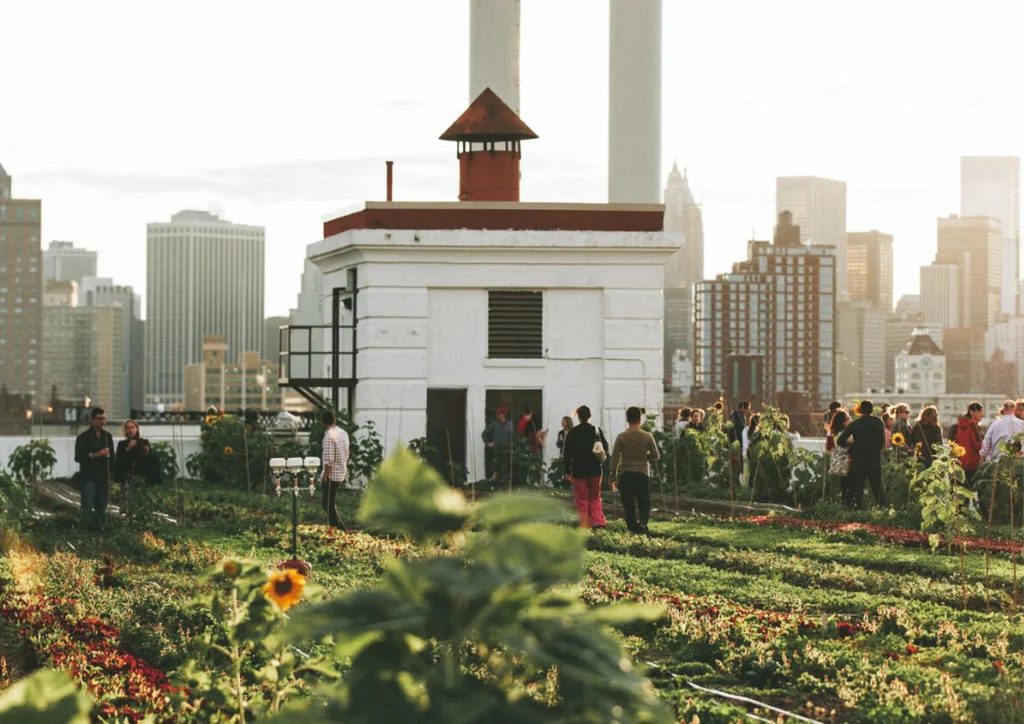
source: toa.st
One of the world’s largest rooftop soil farms, Brooklyn Grange produces over 50,000 pounds of organic vegetables annually on rooftops in NYC.
Paris’ Urban Rooftop Gardens
Paris’ municipal government has initiated the “Parisculteurs” project, which aims to cover rooftops and walls with greenery, including urban farms, by 2030.
Lufa Farms, Montreal
Lufa operates rooftop greenhouses that grow vegetables year-round in Canada’s cold climate, supplying fresh food to thousands.
Challenges of Roof Farming and How to Overcome Them
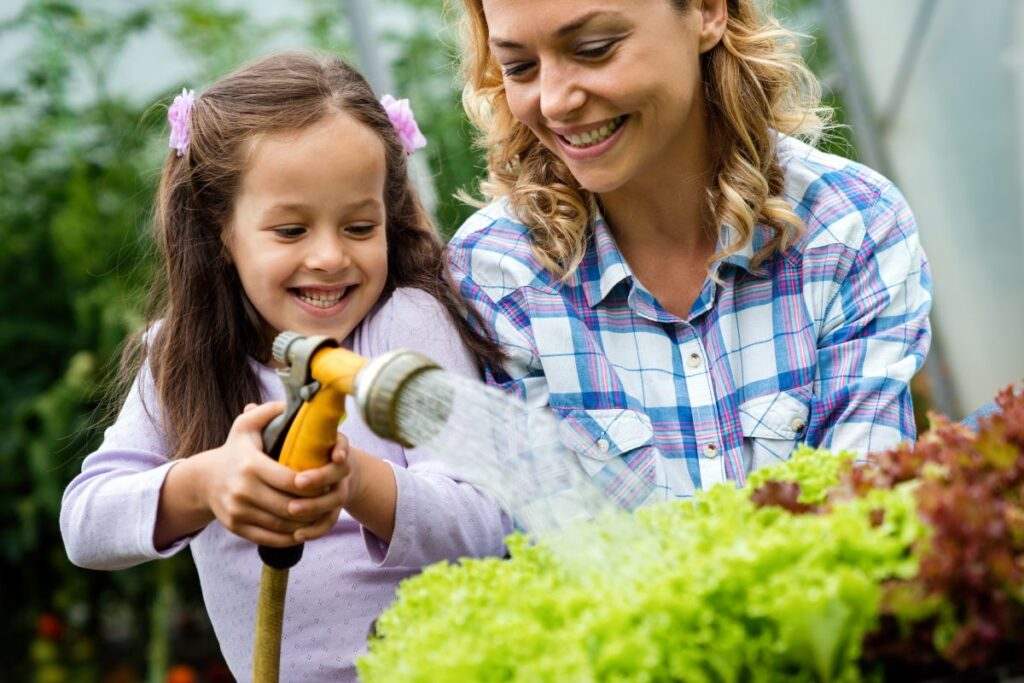
1. Structural Limitations
Not all buildings are suitable. Older structures might require reinforcement.
2. Access to Water and Tools
A reliable water source and tool storage space must be considered.
3. Maintenance and Labor
Rooftop farms need regular care, from watering to harvesting. Automation helps, but commitment is key.
4. Legal and Regulatory Hurdles
Check local building codes and ownership laws. Some cities offer incentives for green roofs.
From Hobby to Business: Turning Roof Farming into Profit

Some urban farmers are monetizing their efforts by:
- Selling produce to local markets and restaurants
- Offering farm-to-table cooking classes
- Creating subscription produce boxes
- Hosting rooftop farm tours and experiences
This entrepreneurial spirit adds to the economic sustainability of the movement.
Roof Farming and the Future of Cities
Imagine entire cityscapes blooming with vegetables, herbs, and flowers. Roof farming aligns perfectly with smart cities and sustainable urban planning. With innovations like solar panels, rainwater harvesting, and IoT monitoring, rooftop farms could become not just sources of food but pillars of resilient urban ecosystems.
Anna’s Story
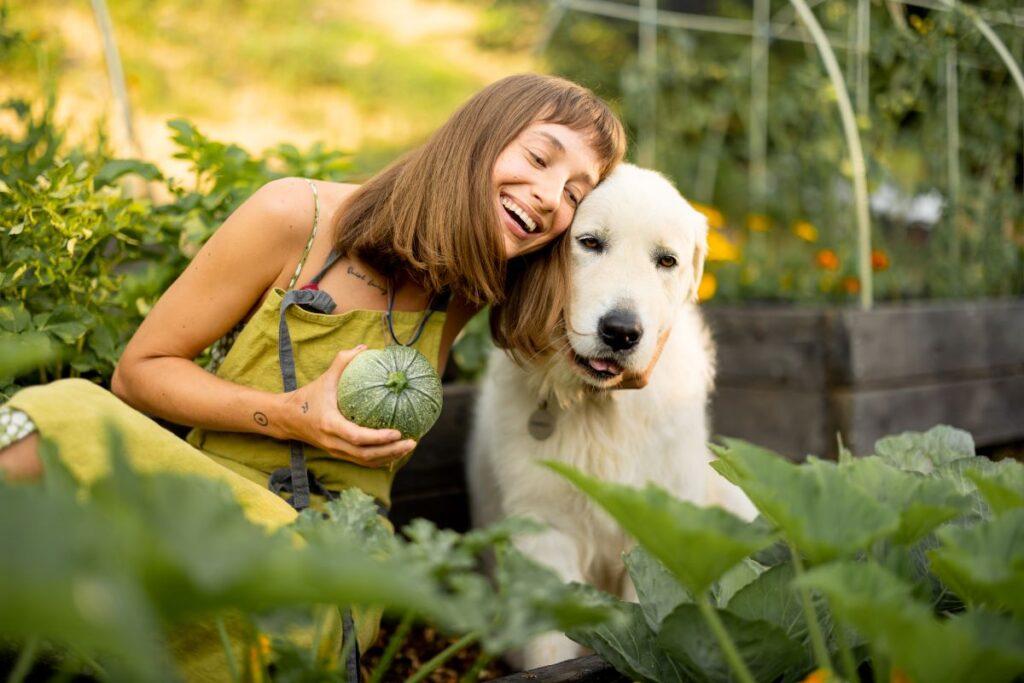
Today, Anna’s rooftop garden is more than just a source of fresh greens—it’s a community hub. Neighbors share seeds, harvest produce, and even host yoga classes under the sky. What began as a small project became a lifestyle change—one that echoes in rooftops around the globe.
A Greener Tomorrow Begins Overhead
Roof farming represents more than growing food; it’s about reclaiming space, building resilience, and reconnecting with nature in a concrete world. Whether you’re a city dweller, a homeowner, or an urban planner, the sky is no longer the limit—it’s the beginning.
